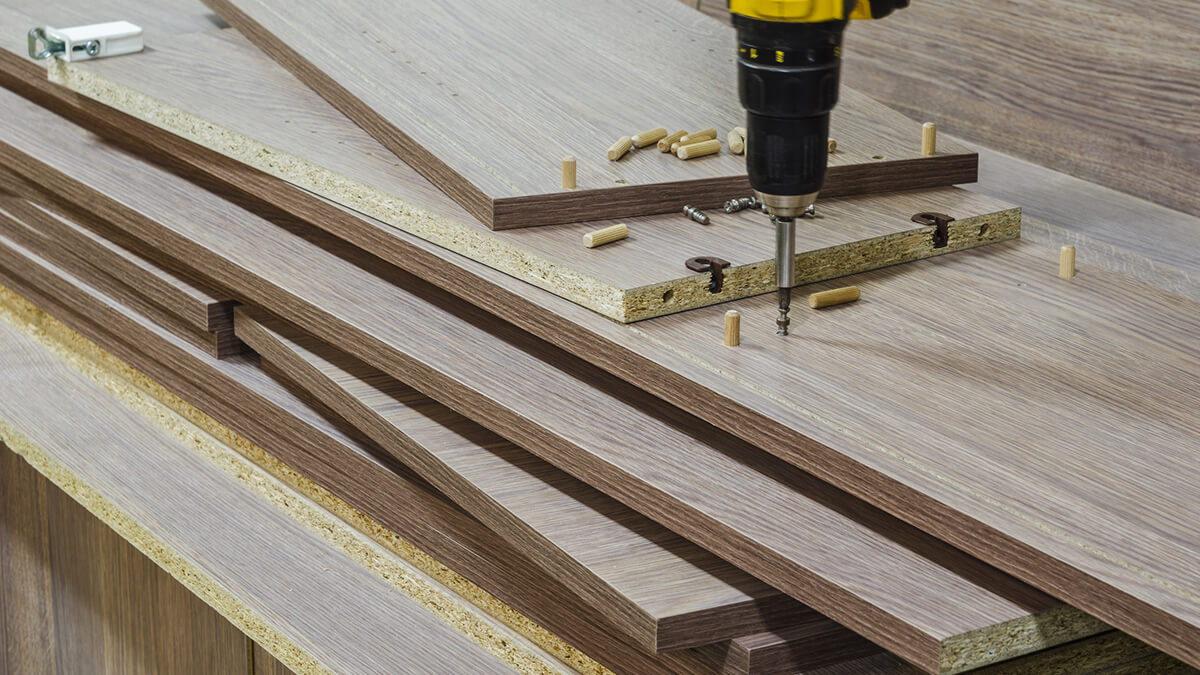Selecting the right wood screws is essential to building strong, stable, and visually appealing furniture or cabinets. Key factors include screw size, length, thread type, head style, and compatibility with different wood materials. Coarse threads suit softwoods, while fine threads are better for hardwoods. Choosing the proper head type ensures both function and aesthetics, while accounting for environmental changes helps maintain joint integrity. Pre-drilling pilot holes can also prevent splitting, especially in dense wood. By understanding these considerations, woodworkers can achieve durable, high-quality results in their projects.
Selecting the proper wood screws is a vital step in woodworking, particularly when constructing furniture and cabinetry. The right screw choice directly affects the strength, stability, and visual appeal of the finished piece. This guide offers a detailed overview of the key considerations when choosing wood screws, focusing on factors like size, length, thread design, and compatibility with various wood types—based on trusted sources and current woodworking practices.
What Are Wood Screws?
Wood screws are designed specifically to join wooden components. They feature coarse threads to grip the material securely and a sharp tip for efficient penetration. The type of screw used can significantly influence joint strength, assembly ease, and the final look of the piece.
Why Screw Size and Length Matter
Choosing the appropriate size and length is essential for creating durable connections. For most furniture and cabinetry applications, #8 and #10 screws are standard choices, offering a solid mix of strength and usability. Heavier or load-bearing items may require thicker screws, such as #10 or larger.
Screw length should correspond to the material thickness. A general guideline is that the screw should extend at least halfway into the adjoining piece without piercing through it. For many furniture assemblies, 2.5-inch screws are typical, though adjustments should be made based on specific project needs.
Thread Type Considerations
Thread type is another critical element. Coarse-thread screws work best with softwoods like pine, spruce, and cedar, offering secure grip in looser grain structures. Conversely, hardwoods—such as oak, cherry, or maple—require fine-thread screws. These have more threads per inch, reducing the risk of wood splitting while maintaining a firm hold in dense materials.
Matching Screws to Materials
The type of wood being used should guide your screw choice. MDF and plywood, for example, benefit from coarse-thread screws with sharp tips, as they grip layered materials effectively. For hardwood applications, fine-thread machine screws are ideal, providing secure fastening without causing damage.
Understanding Screw Head Styles
The screw head not only affects how the fastener functions but also influences the finished look. Common head types include:
Flat Head: Ideal for flush finishes, often countersunk for a smooth surface.
Oval Head: Provides a decorative appearance, suited for visible areas.
Round Head: Commonly used for attaching hardware such as hinges or brackets.
Pan Head: Used for lighter assemblies and metal hardware attachment.
Trim Head: Excellent for detailed trim work and cabinetry where a neat finish is needed.
Truss Head: Offers a wide bearing surface, great for delicate materials.

Referral Link
Accounting for Environmental Changes
Wood naturally responds to environmental shifts—especially changes in humidity and temperature—by expanding or contracting. Using screws that allow some flexibility can help maintain joint integrity over time.
The Role of Pre-Drilling and Pilot Holes
Though many modern wood screws are self-tapping, pre-drilling pilot holes is still recommended in certain scenarios—particularly when using larger screws or working with hardwoods. Pilot holes reduce the risk of splitting and ensure accurate placement.
Conclusion
Choosing the correct wood screws for furniture and cabinetry involves evaluating several key elements: screw dimensions, thread type, head design, and material compatibility. A well-informed selection process ensures strong, reliable joints, minimizes damage to the wood, and results in a polished, professional finish. By considering these factors, you can improve both the function and appearance of your woodworking projects.







.png)







